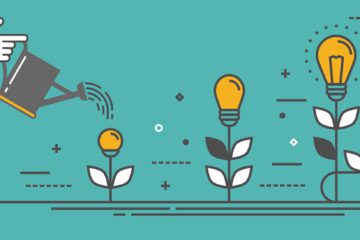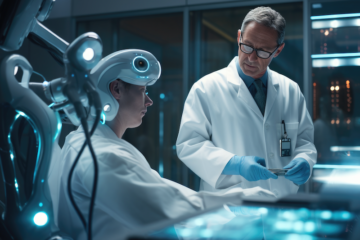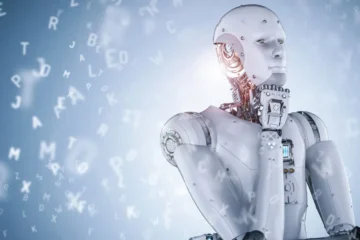A few days ago, Dr. Geoffrey Hinton, often referred to as the “Godfather of AI,” made a chilling statement: “There is a 10-20 percent probability that within the next thirty years, Artificial Intelligence will cause the extinction of humanity.” While this prediction has captured headlines, it prompts a crucial question for our industry: What does this mean for life sciences?
To explore this, I surveyed researchers in life sciences and biopharmaceutical companies to gather their thoughts on AI’s potential to transform drug discovery and development. Their feedback highlighted a key challenge: The life sciences sector lacks the high-quality, large-scale data needed to effectively train AI models. This fundamental limitation means that even the most sophisticated AI systems will struggle to deliver reliable results – following the age-old principle of “garbage in, garbage out.”
Here are the fundamental reasons behind this data gap:
1. Lack of Reusable Data
Life science companies and research labs have accumulated vast amounts of data. However, only a small fraction of it is structured, computable, and usable by AI. The majority remains unprocessable and unanalyzable, limiting its potential to drive meaningful insights.
2. The Investment Paradox
Building robust datasets in life sciences requires significant investment, with little short-term gain. When Dr. Fei-Fei Li started building ImageNet, she faced enormous challenges—even as a professor at Princeton University. Today, this pioneering work is recognized as a crucial milestone that helped catalyze the deep learning revolution. In healthcare, the barriers are even higher due to stringent privacy requirements, such as HIPAA in the U.S.
While government funding has supported basic biomedical research, it rarely extends to long-term data management and maintenance after major initiatives or collaborations end. For instance, securing ongoing funding beyond grants like R01 or U01 remains a persistent hurdle.
3. The Legal Liability Barrier
Generative AI in life sciences can only thrive through collaboration. If all the large pharmaceutical companies shared even a fraction of their historical data—such as microsomal stability, metabolic identification, or rodent pharmacokinetics—the quality of AI models could vastly improve.
Take, for example, data on molecules that show strong in vitro activity but fail in vivo due to a short half-life. Such insights could revolutionize predictive models. Yet, this data is rarely accessible. Over a decade ago, then-CEO Andrew Witty of GSK promised to release all clinical trial data to the independent researcher. Unfortunately, that vision remains unrealized.
The reluctance stems largely from legal concerns. Biopharmaceutical companies are highly risk-averse, wary of liability issues. Safety data isn’t black and white, and identifying associations between variables is relatively straightforward. However, biopharmaceutical companies’ deep pocket means one lawsuit could force a company to prove its innocence—a risk most are unwilling to take.
Decoding the mysteries of life is far more complex than training a large language model or mastering a game like chess. Without systemic changes and incentive mechanisms to address these challenges, even the most advanced AI technologies will struggle to transform life sciences.
The future of AI in this field depends on a collective commitment to overcome these barriers. The question remains: are we ready to make it happen?



0 Comments